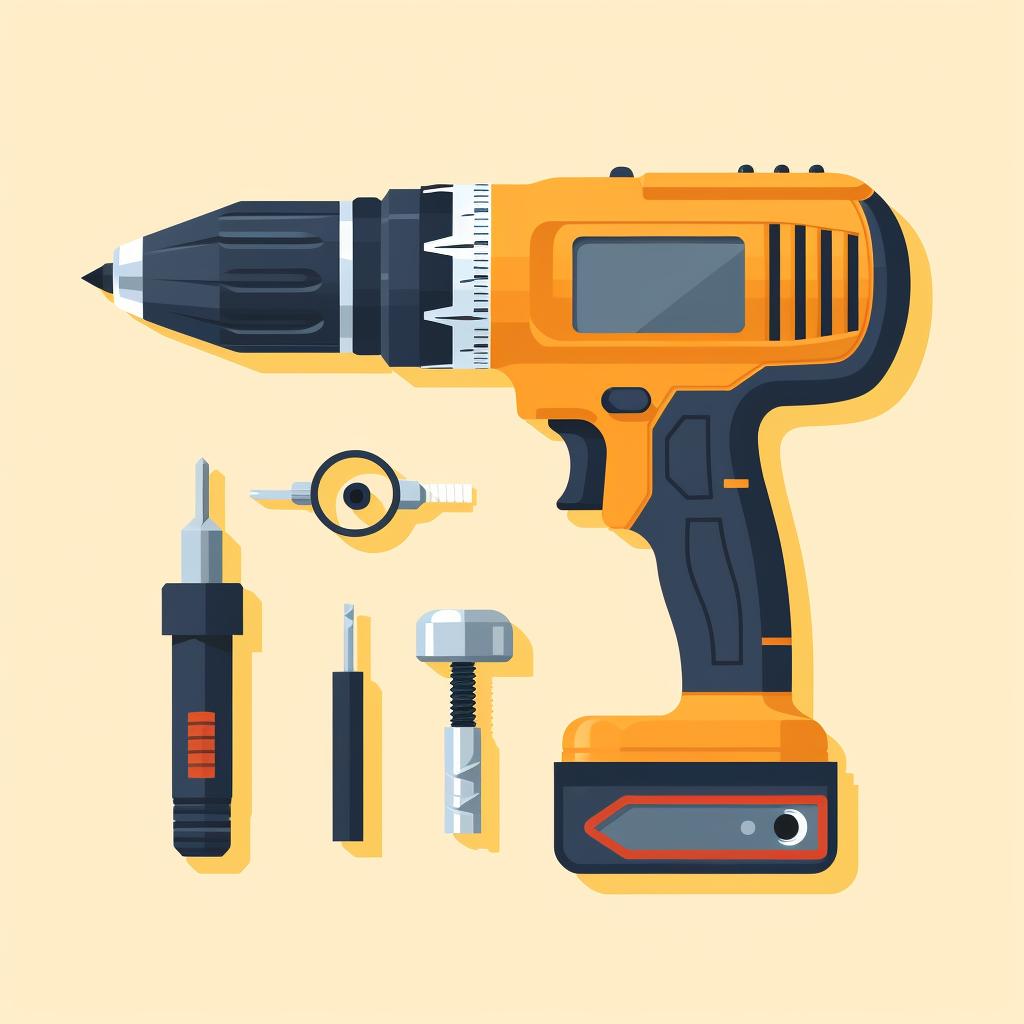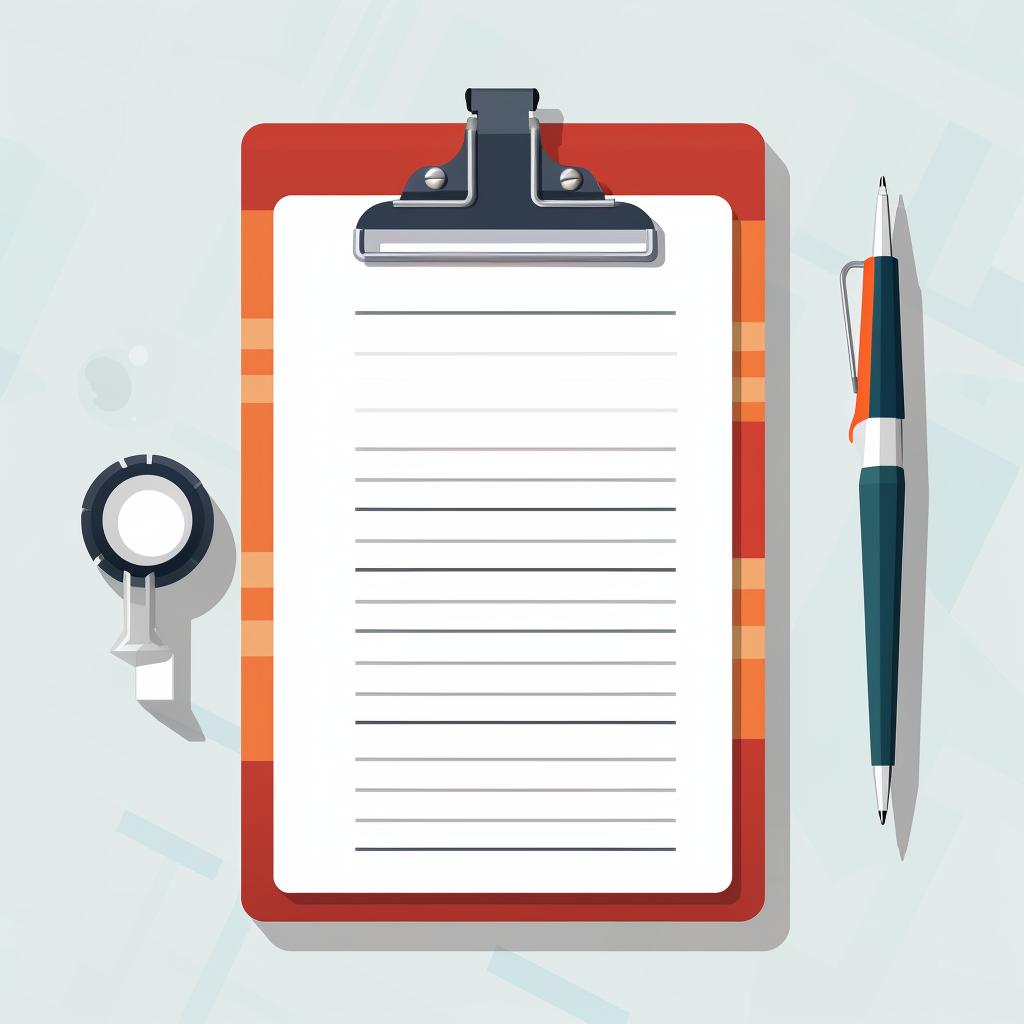🔨 Planning Your DIY Project: A Step-by-Step Guide
Planning Your DIY Project: A Step-By-Step Guide
Embarking on a DIY project can be exciting and rewarding. Whether you're building a bookshelf or fixing a leaky faucet, proper planning is essential for success. In this step-by-step guide, we'll walk you through the key steps to ensure your project goes smoothly.
- Identify Your Project
- List the Necessary Tools
- Create a Timeline
- Prepare Your Workspace
- Understand Safety Guidelines
- Plan for Maintenance
The first step in any DIY project is to clearly define what you want to achieve. Take some time to visualize the end result and consider any specific requirements or challenges you may face. By having a clear goal in mind, you'll be better equipped to plan and execute your project effectively.
Once you've identified your project, make a comprehensive list of all the tools you'll need. This will help you avoid using the wrong tool for the job and ensure you have everything on hand before you begin. Consider both power tools and hand tools, and don't forget about safety equipment like goggles and gloves.
Estimate how long each part of your project will take and create a timeline. This will help you manage your time effectively and prevent overworking your tools. Be realistic in your estimations and allow for any unexpected delays or challenges that may arise. Breaking your project down into smaller tasks can also make it feel more manageable.
Before you dive into your project, take the time to prepare your workspace. Ensure it is clean, well-lit, and free from any potential hazards. Clear away clutter and create a comfortable working environment. Having a dedicated space for your project will help you stay organized and focused.
Safety should always be a top priority when working with power tools. Familiarize yourself with the safety guidelines for each tool you'll be using. This includes understanding proper usage, maintenance, and any precautions you need to take. Wearing appropriate safety gear and following best practices will help prevent accidents and injuries.
Regular maintenance is key to keeping your tools working efficiently and prolonging their lifespan. Factor in time for tool maintenance in your project plan. This can include cleaning, lubricating, and sharpening your tools as needed. By taking care of your tools, you'll ensure they're always ready for your next DIY adventure.
Remember, proper planning is the foundation of a successful DIY project. By following these steps and taking the time to prepare, you'll be well-equipped to tackle any project with confidence. Happy DIYing!
At One Power Tool, we're dedicated to providing you with expert advice, practical tips, and trustworthy information to unleash the full potential of your tools. Explore our website for more power tool knowledge, compatibility guides, safety guidelines, and DIY project inspiration.









